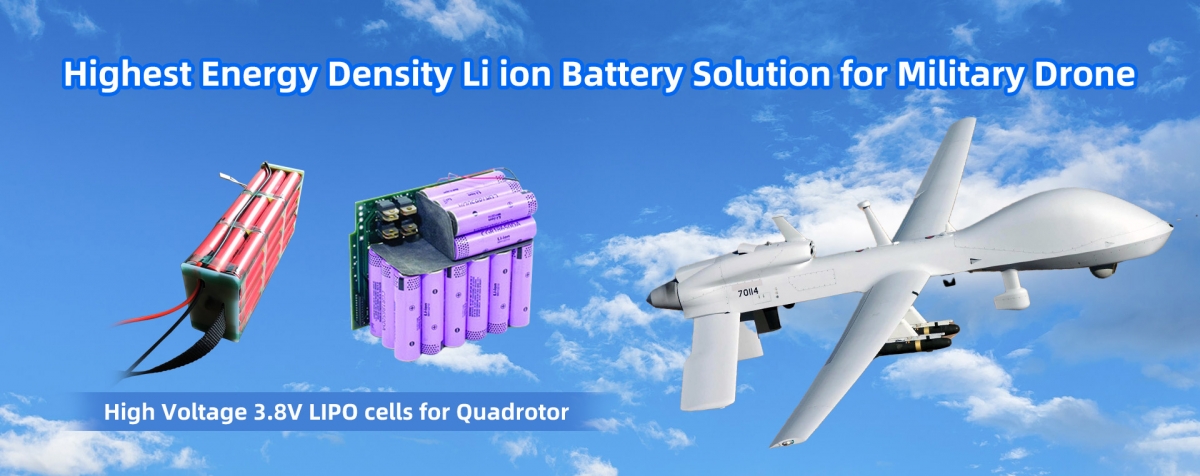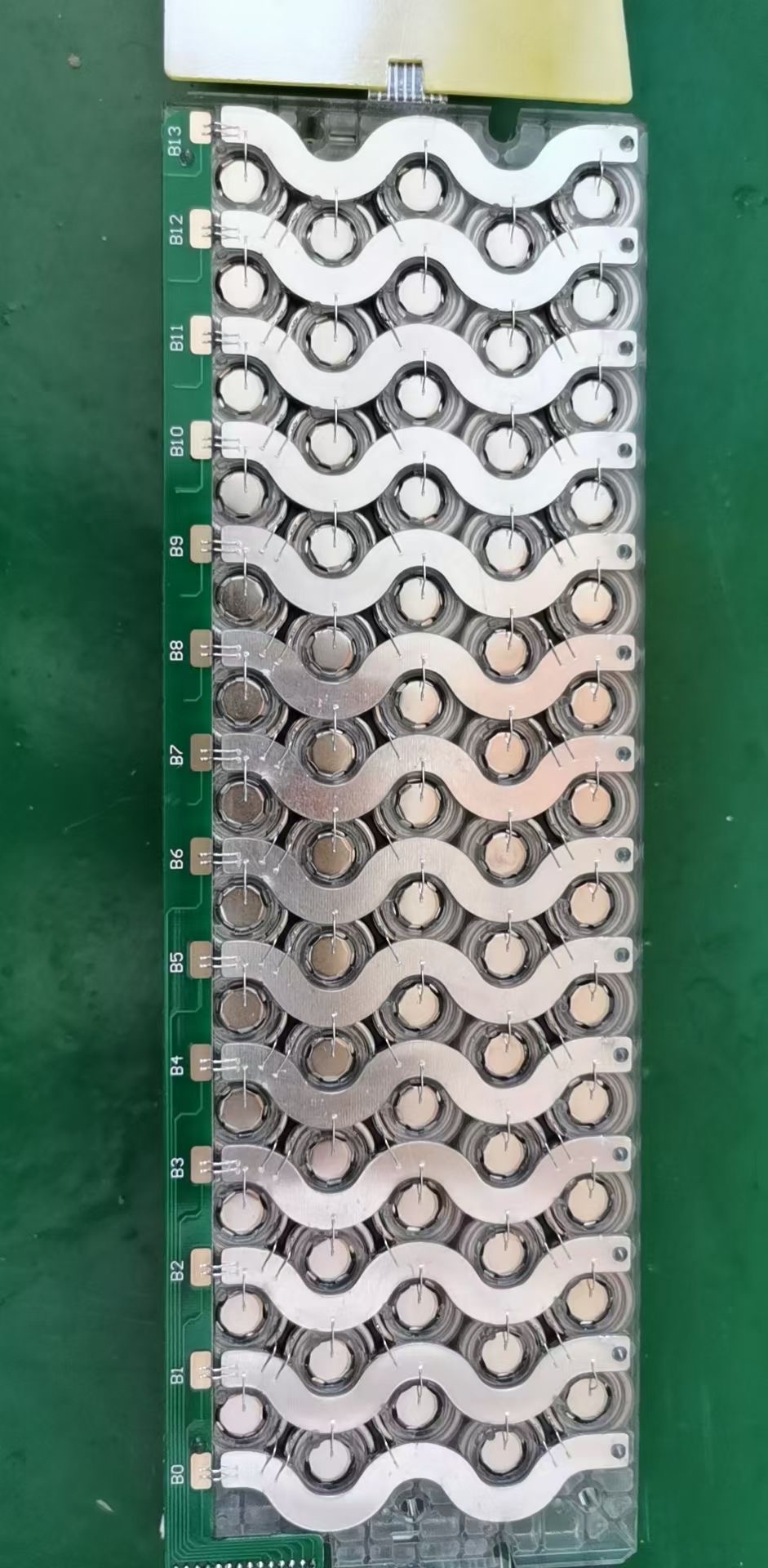- 12
- Nov
18650 battery and 21700 battery concepts and their advantages
Detailed explanation of the 18650 battery and 21700 battery concepts and their advantages
With the rapid development of new energy vehicles in recent years, lithium batteries have also become popular. Power batteries have always been an important field of new energy vehicles. Whoever masters power batteries will master new energy vehicles. Among the power batteries, the most eye-catching is undoubtedly the lithium-ion battery.
The energy density of lithium-ion batteries is very high, and its capacity is 1.5 to 2 times that of nickel-hydrogen batteries of the same weight, and it has a very low self-discharge rate. In addition, lithium-ion batteries have almost no “memory effect” and do not contain toxic substances. These advantages of lithium-ion batteries make it widely used in the field of new energy vehicles.
Nowadays, the more widely used cylindrical lithium-ion batteries are 18650 batteries and 21700 batteries.
18650 battery:
18650 batteries originally referred to nickel-metal hydride batteries and lithium-ion batteries. As nickel-metal hydride batteries are now less used, they now refer to lithium-ion batteries. 18650 is the originator of lithium-ion batteries-a standard lithium-ion battery model set by SONY in Japan in order to save costs, where 18 means a diameter of 18mm, 65 means a length of 65mm, and 0 means a cylindrical battery. Common 18650 batteries include ternary lithium-ion batteries and lithium iron phosphate batteries.

Speaking of 18650 batteries, Tesla has to be mentioned. When Tesla is developing electric car batteries, it has tested many types of batteries, but in the end it focused on 18650 batteries and used 18650 batteries as new energy electric car batteries. Technical route. It can be said that the reason why Tesla is able to have performance that is not inferior to traditional fuel vehicles, in addition to electric motor technology, also benefits from Tesla’s advanced battery technology. So why did Tesla choose the 18650 battery as its source of power?
eelis
Mature technology and high consistency
Before entering the field of new energy vehicles, 18650 batteries have been widely used in electronic products. They are the earliest, most mature and most stable lithium-ion batteries. After years of experience, Japanese manufacturers have accumulated 18650 batteries in consumer products. Advanced technology is extremely well applied in the field of vehicle batteries. Panasonic is one of the world’s largest battery technology and scale companies. Compared with other manufacturers, it has the fewest product defects and larger scale, and it is also easy to select batteries with good consistency.
In contrast, other batteries, such as stacked lithium-ion batteries, are far from mature enough. Many products cannot even be unified in size and size, and the production processes possessed by battery manufacturers cannot meet the conditions. In general, the consistency of the battery does not reach the level of the 18650 battery. If the consistency of the battery fails to meet the requirements, the management of a large number of battery strings and battery packs formed in parallel will not allow the performance of each battery to be better played, and 18650 batteries can solve this problem well.
Kõrge ohutusnäitaja
The 18650 lithium battery has high safety performance, non-explosive, non-combustible; non-toxic, non-polluting, and has passed RoHS trademark certification; and has good high temperature resistance, and the discharge efficiency is 100% at 65 degrees.
The 18650 battery is generally packaged in a steel shell. In extreme situations such as a car collision, it can reduce the occurrence of safety accidents as much as possible, and the safety is higher. In addition, the size of each battery cell of the 18650 is small, and the energy of each cell can be controlled in a smaller range. Compared with the use of large-size battery cells, even if a unit of the battery pack fails, it can be reduced The impact of the failure.
Suur energiatihedus
The capacity of 18650 lithium battery is generally between 1200mah and 3600mah, while the general battery capacity is only about 800mah. If combined into a 18650 lithium battery pack, the 18650 lithium battery pack can exceed 5000mah. Its capacity is 1.5 to 2 times that of a nickel-hydrogen battery of the same weight, and it has a very low self-discharge rate. The energy density of the 18650 battery cell can currently reach the level of 250Wh/kg, which meets the requirements of Tesla’s high cruising range.
Low cost and high cost performance
The 18650 lithium battery has a long service life, and the cycle life can reach more than 500 times in normal use, which is more than twice that of ordinary batteries. The 18650 product has a high degree of technological maturity. The structural design, manufacturing technology, and manufacturing equipment, as well as the derived 18650 module technology are all mature, all of which reduce its operating and maintenance costs.
The 18650 battery, which is currently widely used, has a history of development for many years. Although the technology is relatively mature compared to other types of batteries, it still faces problems such as high heat production, complex grouping, and inability to achieve fast charging. In this context, 21700 cylindrical ternary batteries came into being.
On January 4, 2017, Tesla announced the start of mass production of the new 21700 battery jointly developed by Tesla and Panasonic, and emphasized that this is the battery with the highest energy density and the lowest cost among the batteries currently available for mass production.
21700 battery:
The battery 21700 is a cylindrical battery model, specifically: 21-refers to the cylindrical battery with an outer diameter of 21mm; 700-refers to the cylindrical battery with a height of 70.0mm.
This is a new model developed to meet the requirements of electric vehicles for longer driving mileage and to improve the effective utilization of vehicle battery space. Compared with the common 18650 cylindrical lithium battery, the capacity of 21700 can be more than 35% higher than that of the same material.
The new 21700 has four significant advantages:

(1) The battery cell capacity is increased by 35%. Take the 21700 battery produced by Tesla as an example. After switching from the 18650 model to the 21700 model, the battery cell capacity can reach 3 to 4.8 Ah, a significant increase of 35%.
(2) The energy density of the battery system is increased by about 20%. According to the data disclosed by Tesla, the energy density of the 18650 battery system used in the early days was about 250Wh/kg. Later, the energy density of the 21700 battery system produced by it was about 300Wh/kg. The volumetric energy density of the 21700 battery was higher than the original 18650. Nearly 20%.
(3) The cost of the system is expected to drop by about 9%. From the analysis of battery price information disclosed by Tesla, the power lithium battery system of the 21700 battery is priced at $170/Wh, and the price of the 18650 battery system is $185/Wh. After using 21700 batteries on Model 3, the cost of the battery system alone can be reduced by about 9%.
(4) The weight of the system is expected to drop by about 10%. The overall volume of 21700 is greater than 18650. As the monomer capacity increases, the energy density of the monomer is higher, so the number of battery monomers required under the same energy can be reduced by about 1/3, which will reduce the difficulty of system management and reduce the number of batteries. The number of metal structural parts and electrical accessories used in the bag further reduces the weight of the battery. After Samsung SDI switched to a new set of 21700 batteries, it was found that the weight of the system was reduced by 10% compared to the current battery.
